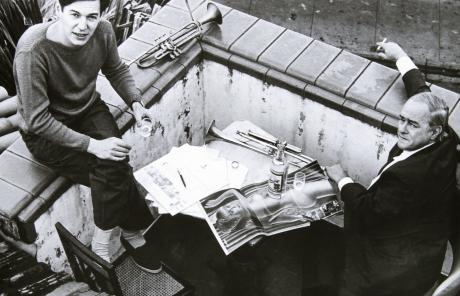At the beginning of the 18th century, gold has been discovered at Minas Gerais, which became the target of a great number of explorers. As a consequence of the “golden” era, a fine artistic movement has flourished, called “colonial art”, as Brazil was still a colony of Portugal at the time. Great artists such as Antônio Francisco Lisboa, sculptor and architet known as Aleijadinho, and the painter Manuel da Costa Ataíde built magnificent churches, decorated in gold.
Cultural life at Minas Gerais
Fine arts have developed as well as a great number of composers were writing music for the liturgical festivities. Music circulated strictly in manuscript support, as the Portuguese government forbade any kind of factory or press in Brazil. As a consequence, the great majority of the music of this period remained untouched in archives.
Unveiling Brazilian colonial music
In 1944, German musicologist Francisco Curt Lange (1903-1997) started to search for music manuscripts belonging to families and churches. He visited Prados, Mariana, São João d’El Rey and Tiradentes. At the end of the fifties, he had gathered thousands of scores, kept nowadays at the Inconfidence Museum, at Ouro Preto.
The Portuguese court moves to Rio
When the Portuguese court moves to Rio in 1808, the city becomes the epicenter of art creation. The main composers of the court are José Maurício Nunes Garcia (1767 – 1830) and Marcos Portugal (1762 – 1830).




